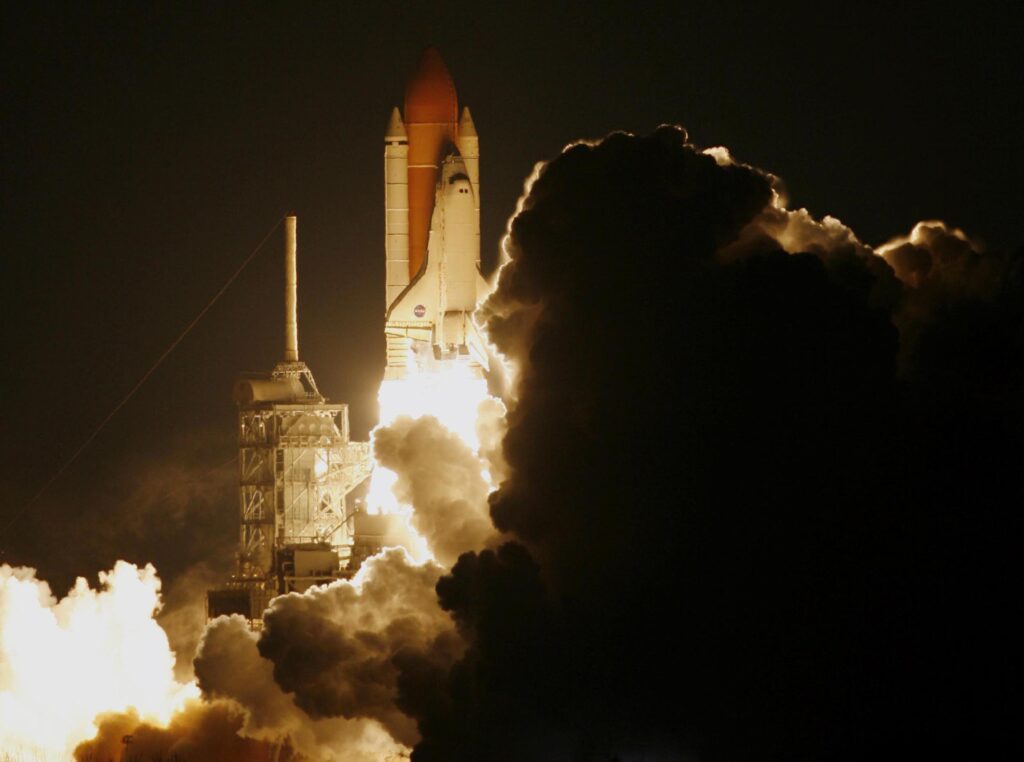SpaceX’s Starship rocket completed it’s launch platform only to get exploded four minutes after liftoff at it’s inaugural test flight this Thursday
SpaceX Starship Mission
The spacecraft which was supposed to be SpaceX’s multiplanetary travel machine started off the launch pad successfully and was supposed to have a 90-minute flight around the Earth but eventually exploded with a splashdown near Hawaii.
As soon as the rocket reached it’s MaxQ it began to spin in the air and blasted off completely. There was a livestream of the launch that appeared to show that around 39 engines had malfunctioned that resulted in the mishap.
SpaceX Team’s Reaction
SpaceX staff was all cheer as their starship went in flames. The fact that team was able to liftoff this 400 foot tall rocket off the launchpad is a big success for the team.”With a test like this, success comes from what we learn,” the company said in a tweet. “Today’s test will help us improve Starship’s reliability as SpaceX seeks to make life multi-planetary.”

SpaceX said that it is expected that the debris had fallen in the Gulf of Mexico and it will work with the local authorities for recovery. The technology team will test again in a few months as stated by SpaceX CEO Elon Musk.
NASA administrator Bill Nelson said that he was looking forward to what the next launch could bring. “Every great achievement throughout history has demanded some level of calculated risk,” he wrote in a Tweet.
https://twitter.com/SenBillNelson/status/1649054379029458949
What enables the Starship to withstand multiple launches is a powerful engine design called the Raptor. The team has encountered many failures in past as a part of their demonstration test.
A previous test launch that was scheduled for Monday was scrapped at the last minute due to a valve in the booster that got frozen. On Thursday also the crew had paused all operations right before the launch due to some pressurization issue in the booster.

Wrong Fuel Choice?
Another hurdle is the fuel choice, methane. They wanted to experiment with methane because it’s cheaper to produce and easier to handle than hydrogen which is the recommended fuel for most rockets.
The rocket’s oxidizer needs to be chilled to very low temperatures if methane is to be used. This is what caused the valve freeze issue on Monday.
“It was a great find by the countdown team, and that’s why we have a countdown,” said SpaceX quality systems engineer Kate Tice at the time. “We’ve learned a lot over the last 48 hours, and we’re ready to give it another go.”
The team at SpaceX already knew the risks associated with such big test launches. They have done many test launches that have blown up in the past and this development strategy has worked for them in the long-term.
SpaceX is also focussing on it’s financial future with this new fully-reusable rocket system.
FAQ’s
Why did the SpaceX Starship explode?
Speculations are that the starship’s exploded due to the automated flight termination system failure. It was SpaceX’s most powerful rocket ever.
How many SpaceX rockets have exploded?
Since March 2006, they have launched 5 Falcon 1, 204 Falcon 9, and 1 Starship rockets. Of these, 3 Falcon 1, and 2 Falcon 9 launches were complete failures and 1 Falcon 9 launch and 1 Starship launch were partial failures.
When did SpaceX explode?
BOCA CHICA, Texas, April 20 (Reuters) – their next-generation Starship spacecraft exploded minutes after liftoff in an uncrewed test flight from South Texas on Thursday, cutting short a key step in Elon Musk’s development of a rocket vessel to eventually take humans to the moon and Mars.
What caused Starship failure?
Super Heavy and Starship were unable to disentangle themselves. As a result, the whole assemblage spun out of control and fell to pieces after reaching a maximum altitude of around 24 miles (39 kilometers). This is expected to be the cause of startship’s failure.
